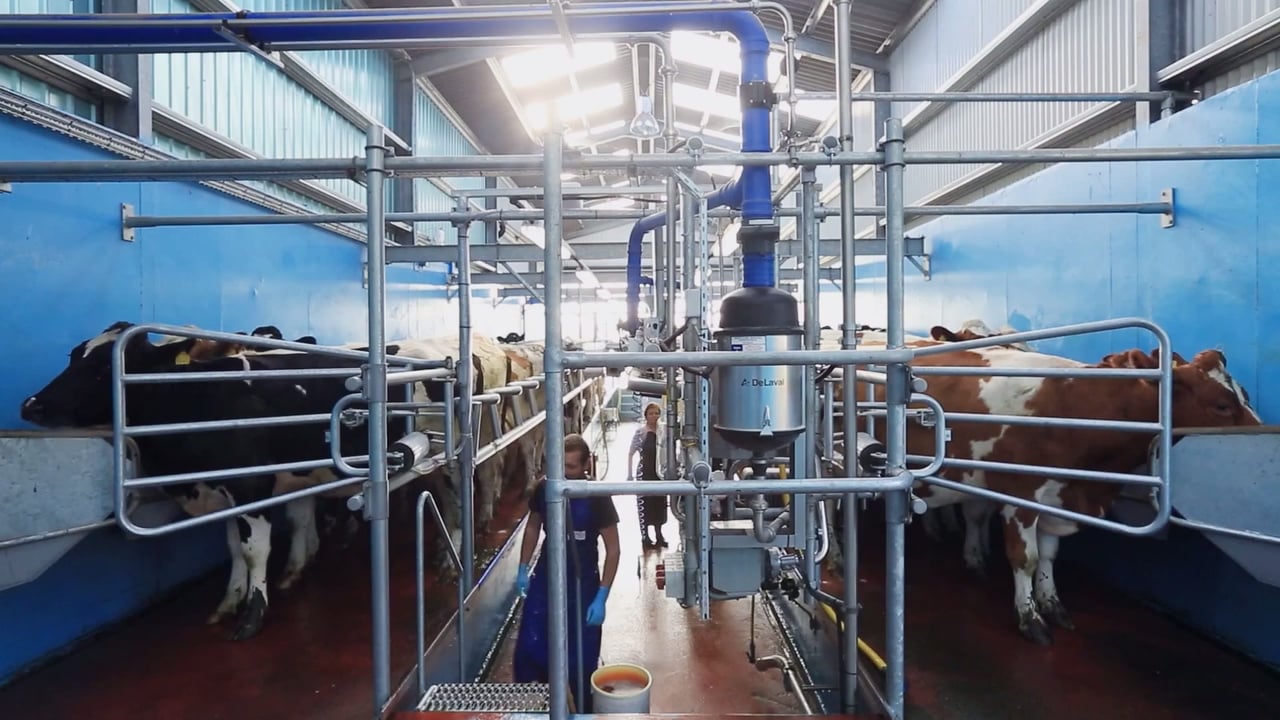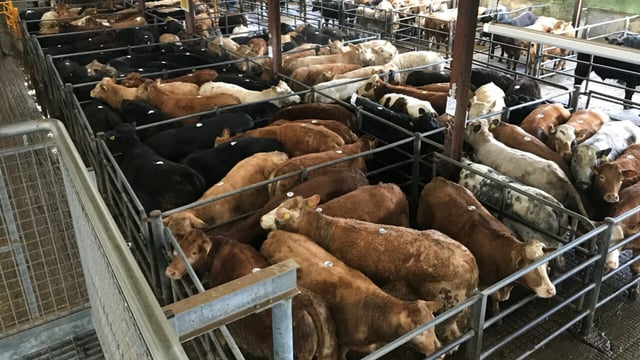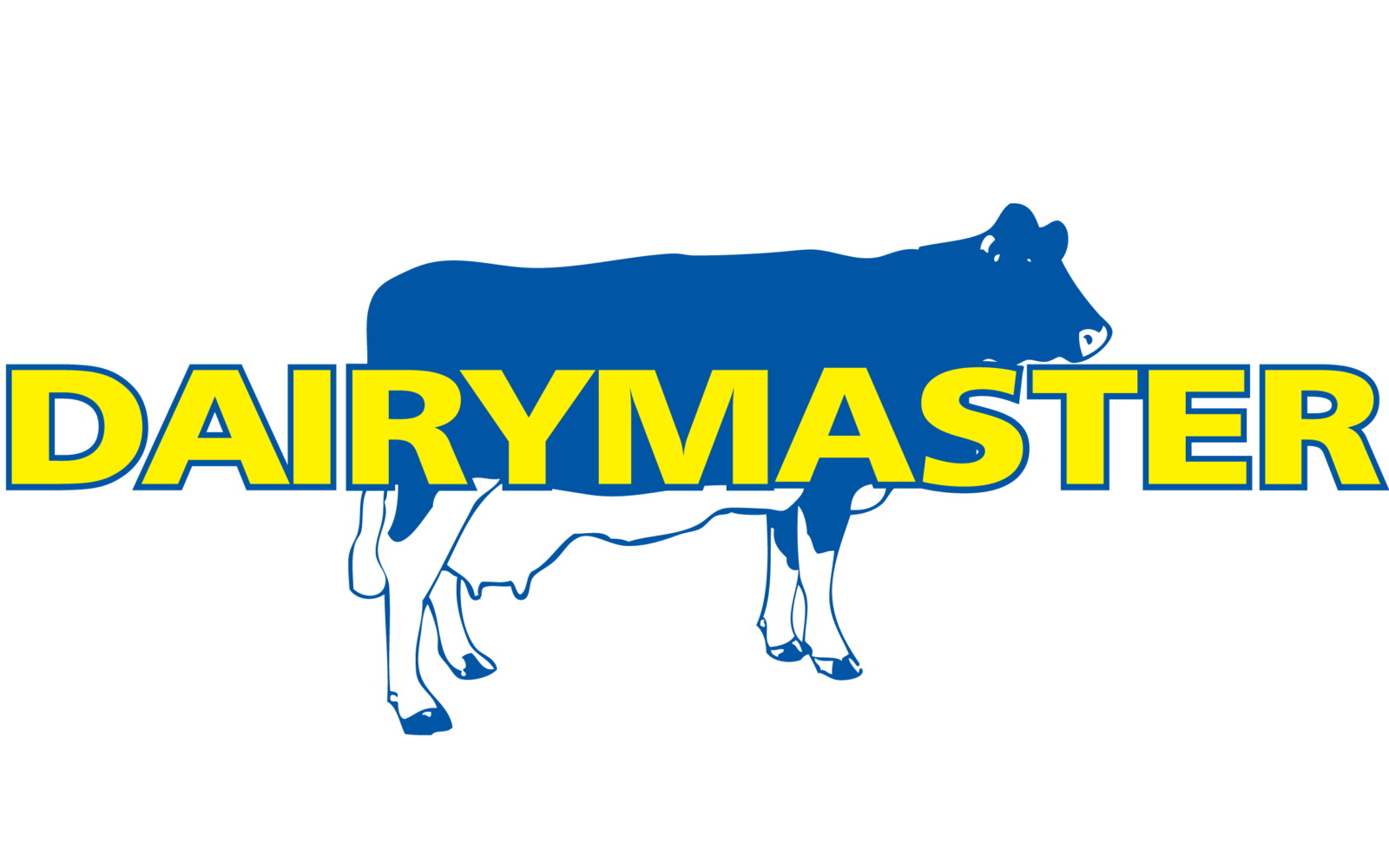Don't underestimate the power of teat spraying at this time of year
The focus at this time of the year is quite often keeping quality grass ahead of cows to drive on solids production, but a small thing like teat spraying - if not done right or not applied at all - can deteriorate milk quality drastically.
Farmers often place an emphasis on holding their protein and fat percentages, and keeping flush covers ahead of cows in June can be difficult, but post milking disinfectant and somatic cell count (SCC) should not be overlooked.
Good mastitis control involves a number of key management steps, and though teat spraying is an essential element to this, it can quite often be rushed and half-done.
Post-milking teat disinfection can reduce the risk of new mastitis infections by 50% or more, according to Animal Health Ireland (AHI).
However, this figure can only be achieved if the process is done thoroughly and throughout the entire lactation. While most farmers will carry out teat spraying, half of it could be missing the teat.
Through whole teat disinfection after milking, you will be reducing the bacterial load, such as staph aureus and strep agalactiae.
Bacteria in milk from an infected cow may be found on the liners and transferred to the teat skin of the next five to six cows that are milked with the same unit.
As the bacteria is on the teat skin, it will multiply rapidly and increase the chances of the quarter getting infected from the bacteria entering the teat canal.
Teat disinfecting will aid in healthy teat skin and heal teat lesions, all of which contribute to combatting and controlling mastitis.
Application is a crucial element in achieving good results with teat spraying, as the benefits of the procedure are lost if the disinfectant does not cover all the teat skin.
Quite often, teat spraying can be done in a rushed manner to get the cows out as soon as possible and to speed up the milking process.
However, while it is good to be quick in the parlour, you need to make sure you are being efficient and accurate while teat spraying, ensuring you are cover the whole teat with disinfectant.
When choosing your disinfectant, unregistered products should be avoided, as they may not provide the desired level of protection required.
However, teat spraying should be done promptly at the same time, as you do not want cows standing in the parlour for long periods of time, resulting in stress and potentially more dunging and bacteria.
In a swift but precise manner, spray each teat end, ensuring the whole teat is sprayed.
Avoid spraying down or flicking up dirt with hoses while disinfecting, as the canal will still be open after milking and more susceptible to dirt entering.





